Tibet becomes ideal habitat for black-necked cranes in winter
Xinhua
1546477578000

Black-necked cranes rest at a reservoir in Lhunzhub County, Lhasa, southwest China's Tibet Autonomous Region, Jan. 1, 2019. Because of fine environment and abundant food, Lhunzhub County and Dagze District have become ideal habitats for black-necked cranes in winter. (Photos: Xinhua)

Black-necked cranes rest at a reservoir in Lhunzhub County, Lhasa, southwest China's Tibet Autonomous Region, Jan. 1, 2019. Because of fine environment and abundant food, Lhunzhub County and Dagze District have become ideal habitats for black-necked cranes in winter.
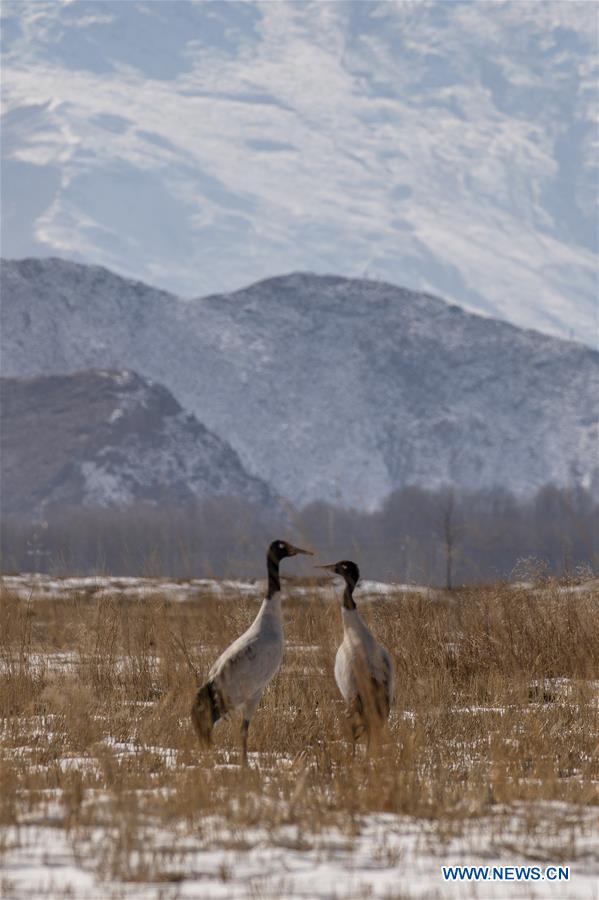
Black-necked cranes rest at a reservoir in Lhunzhub County, Lhasa, southwest China's Tibet Autonomous Region, Jan. 1, 2019. Because of fine environment and abundant food, Lhunzhub County and Dagze District have become ideal habitats for black-necked cranes in winter.
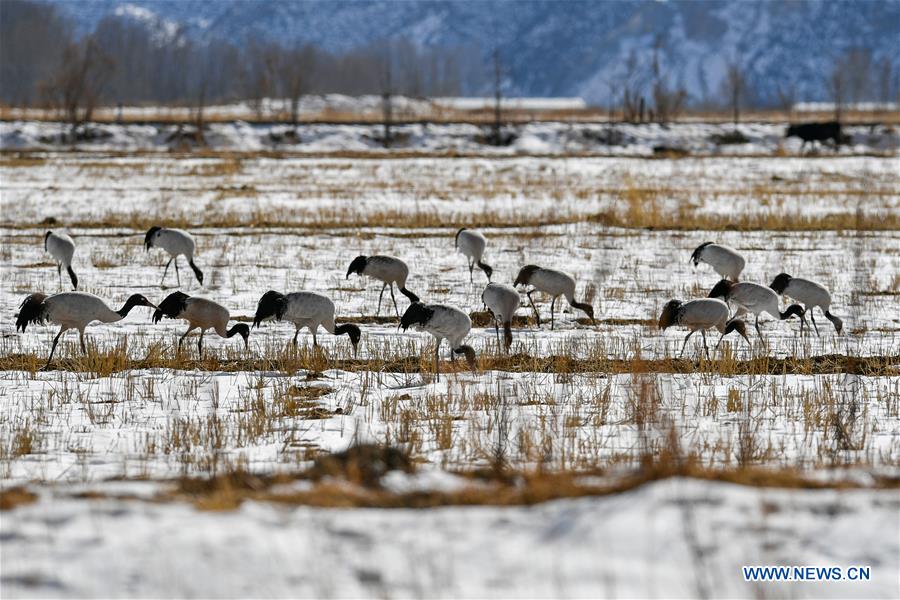
Black-necked cranes rest at a reservoir in Lhunzhub County, Lhasa, southwest China's Tibet Autonomous Region, Jan. 1, 2019. Because of fine environment and abundant food, Lhunzhub County and Dagze District have become ideal habitats for black-necked cranes in winter.

Black-necked cranes rest at a reservoir in Lhunzhub County, Lhasa, southwest China's Tibet Autonomous Region, Jan. 1, 2019. Because of fine environment and abundant food, Lhunzhub County and Dagze District have become ideal habitats for black-necked cranes in winter.

Black-necked cranes rest at a reservoir in Lhunzhub County, Lhasa, southwest China's Tibet Autonomous Region, Jan. 1, 2019. Because of fine environment and abundant food, Lhunzhub County and Dagze District have become ideal habitats for black-necked cranes in winter.

Black-necked cranes rest at a reservoir in Lhunzhub County, Lhasa, southwest China's Tibet Autonomous Region, Jan. 1, 2019. Because of fine environment and abundant food, Lhunzhub County and Dagze District have become ideal habitats for black-necked cranes in winter.
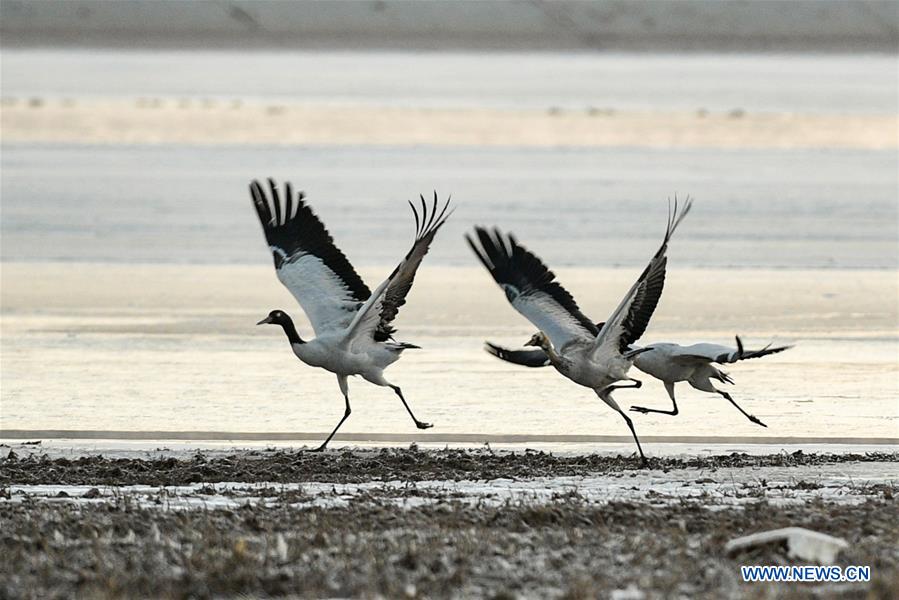
Black-necked cranes rest at a reservoir in Lhunzhub County, Lhasa, southwest China's Tibet Autonomous Region, Jan. 1, 2019. Because of fine environment and abundant food, Lhunzhub County and Dagze District have become ideal habitats for black-necked cranes in winter.
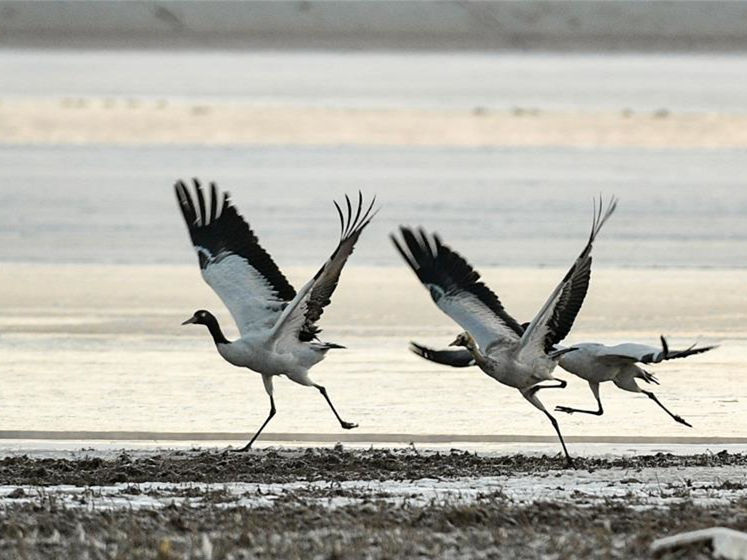
Black-necked cranes rest at a reservoir in Lhunzhub County, Lhasa, southwest China's Tibet Autonomous Region, Jan. 1, 2019. Because of fine environment and abundant food, Lhunzhub County and Dagze District have become ideal habitats for black-necked cranes in winter.

Black-necked cranes rest at a reservoir in Lhunzhub County, Lhasa, southwest China's Tibet Autonomous Region, Jan. 1, 2019. Because of fine environment and abundant food, Lhunzhub County and Dagze District have become ideal habitats for black-necked cranes in winter.
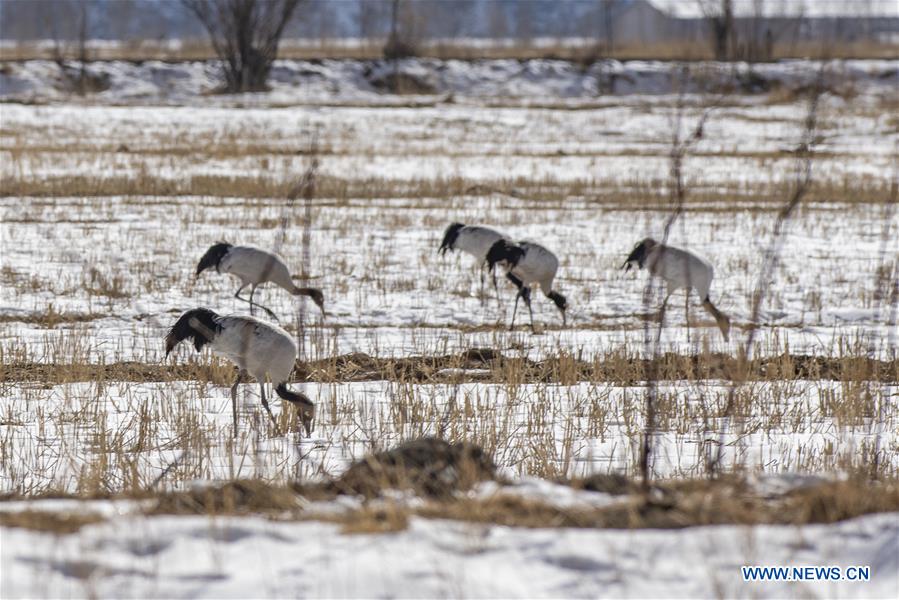
Black-necked cranes rest at a reservoir in Lhunzhub County, Lhasa, southwest China's Tibet Autonomous Region, Jan. 1, 2019. Because of fine environment and abundant food, Lhunzhub County and Dagze District have become ideal habitats for black-necked cranes in winter.
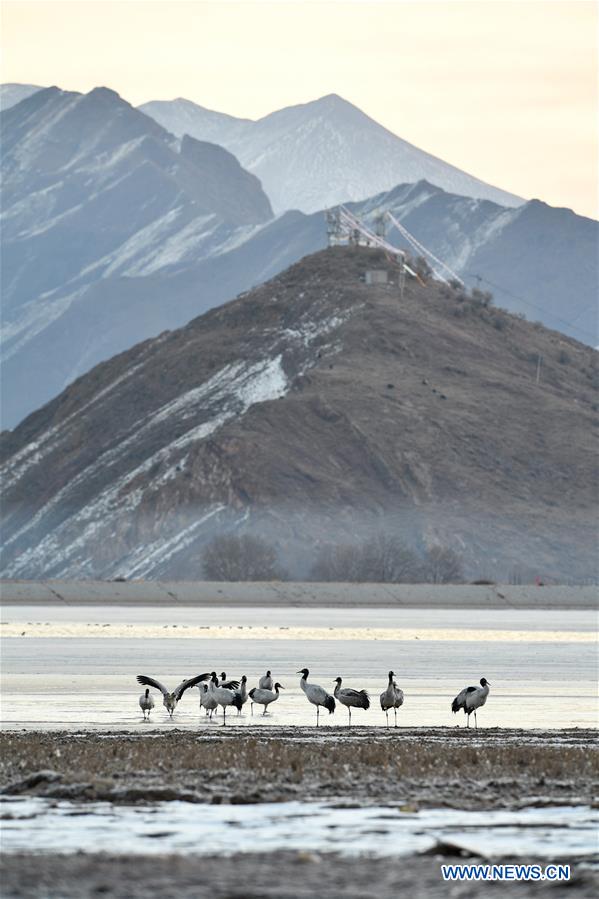
Black-necked cranes rest at a reservoir in Lhunzhub County, Lhasa, southwest China's Tibet Autonomous Region, Jan. 1, 2019. Because of fine environment and abundant food, Lhunzhub County and Dagze District have become ideal habitats for black-necked cranes in winter.
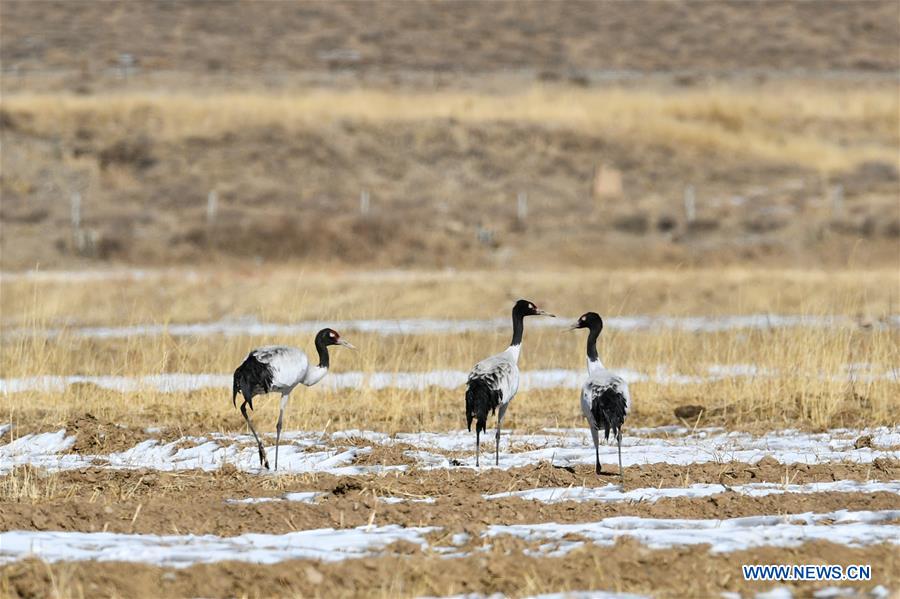
Black-necked cranes rest at a reservoir in Lhunzhub County, Lhasa, southwest China's Tibet Autonomous Region, Jan. 1, 2019. Because of fine environment and abundant food, Lhunzhub County and Dagze District have become ideal habitats for black-necked cranes in winter.
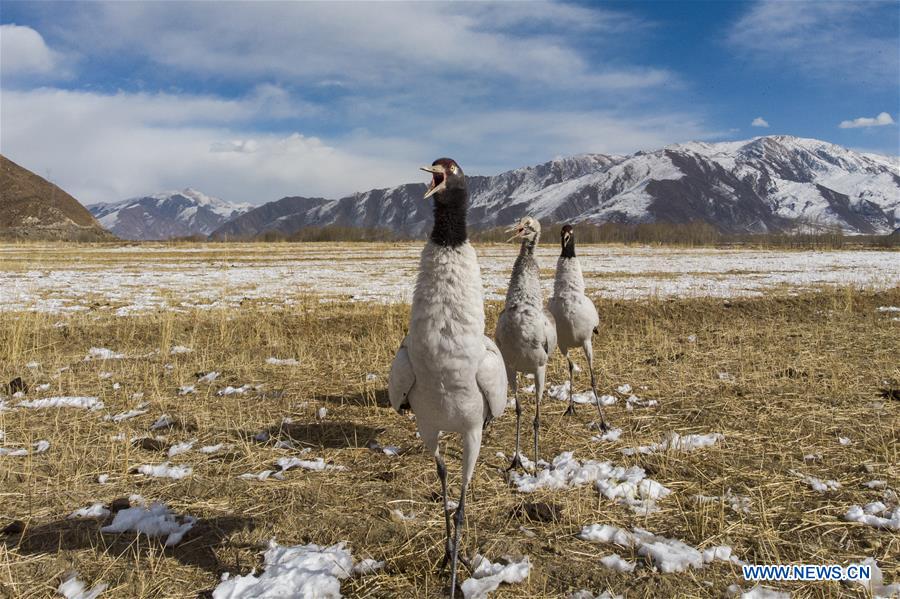
Black-necked cranes rest at a reservoir in Lhunzhub County, Lhasa, southwest China's Tibet Autonomous Region, Jan. 1, 2019. Because of fine environment and abundant food, Lhunzhub County and Dagze District have become ideal habitats for black-necked cranes in winter.

Black-necked cranes rest at a reservoir in Lhunzhub County, Lhasa, southwest China's Tibet Autonomous Region, Jan. 1, 2019. Because of fine environment and abundant food, Lhunzhub County and Dagze District have become ideal habitats for black-necked cranes in winter.


